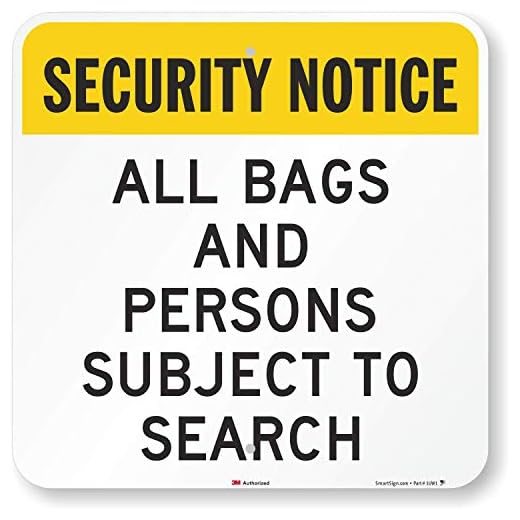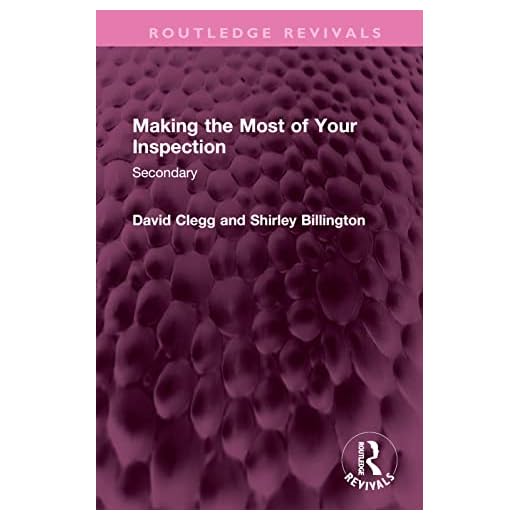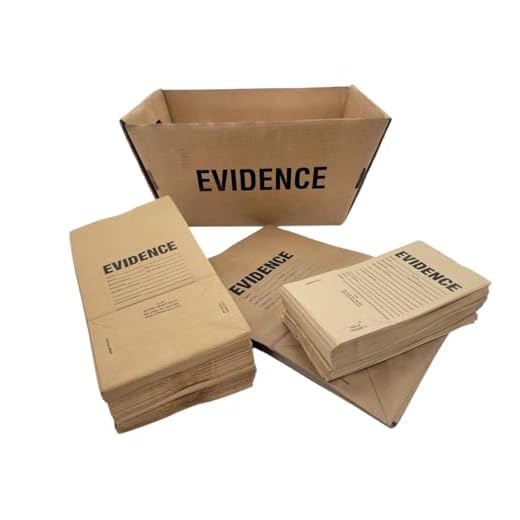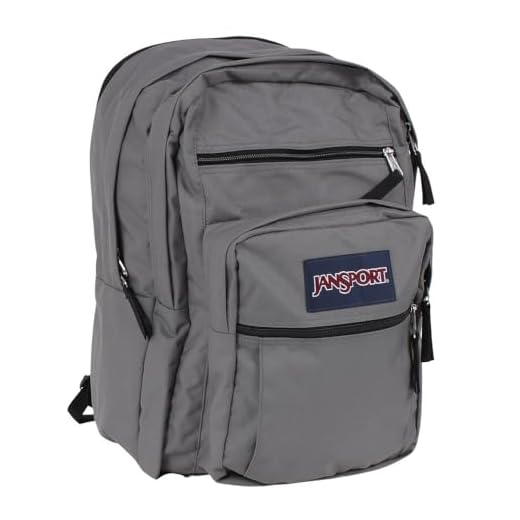



Answer: If there are specific, articulable facts suggesting contraband or a weapon, campus officials may examine a learner’s bag; absent such facts, request voluntary compliance and avoid forcible intrusion. Federal precedent sets a lower bar than probable cause: reasonable suspicion justified at the outset and a scope reasonably related to the circumstances.
Legal anchors: See New Jersey v. T.L.O., 469 U.S. 325 (1985) – inspections by school officials pass Fourth Amendment muster if justified at inception and reasonable in scope; Safford Unified School Dist. v. Redding, 557 U.S. 364 (2009) – overly intrusive procedures (strip searches) violated rights. State rules vary: consult local statutes and district policies before taking action.
Recommended operational protocol: 1) Assess immediate threat to safety; 2) Ask the pupil to voluntarily produce the item or open the bag; 3) If voluntary compliance is refused and danger is imminent, summon campus security or police; 4) If campus staff conducts an inspection, have an administrator and a same-sex witness present, restrict inspection to locations likely to hold the suspected item, avoid invasive handling of personal effects; 5) Record time, witnesses, observed facts, justification, actions taken and items recovered; preserve chain of custody for any evidence.
Documentation and notification: Compose a succinct incident report with: specific observed behavior (who, what, when, where), statements from witnesses, exact wording used when requesting cooperation, and disposition (items seized, returned, or turned over to law enforcement). Notify the guardian without delay according to district rules and retain copies of all reports and photographic evidence when feasible.
Risk management: Improper or speculative intrusion risks suppression of evidence, administrative liability and civil claims. Train staff on the distinction between reasonable suspicion and probable cause, rehearse the protocol above, and obtain legal advice for edge situations such as anonymous tips, off-campus conduct, or allegations of serious wrongdoing.
Inspecting a pupil’s bag: immediate directive
Direct instruction: School personnel must limit any inspection of a pupil’s personal bag to instances where reasonable suspicion exists that the bag contains contraband or presents an imminent safety threat; record justification before touching contents.
Legal framework and limits
Key U.S. precedent: New Jersey v. T.L.O., 469 U.S. 325 (1985) permits reasonable-suspicion inspections by school officials rather than full Fourth Amendment probable-cause protections; Safford Unified School Dist. v. Redding, 557 U.S. 364 (2009) restricts intrusive measures and requires that the scope match the suspected danger. Drug-testing and related authority are addressed in Vernonia School Dist. v. Acton, 515 U.S. 646 (1995). State statutes and district codes may add stricter rules–verify local law before action.
Operational protocol (must follow sequence)
1. Threat assessment: Determine if the circumstance poses immediate physical danger (weapons, explosive materials) or evidentiary criminal conduct. If danger exists, secure area and summon administration or law enforcement.
2. Authorization: Obtain on-site authorization from designated administrator per district policy; if unavailable and danger is imminent, act to neutralize threat and document rationale immediately afterward.
3. Consent and presence: Request voluntary consent from the pupil or parent when practicable; if consent is given, note it in writing. Always have an adult witness present (administrator or another staff member).
4. Scope limitation: Limit inspection to the specific zones or items reasonably linked to the suspicion (e.g., outer compartments if weapon suspected). Avoid invasive measures or full-emptying unless facts support that extent.
5. Nonuse of force: Do not apply physical coercion to gain access to locked containers; if a locked container is central to a safety concern, escalate to administration or law enforcement rather than forcing entry.
6. Documentation and chain of custody: Immediately record date/time, staff names, witnesses, observed facts that generated suspicion, actions taken, items removed, and disposition (returned to pupil, retained as evidence, turned over to police). Retain records per district retention schedule (commonly 1–3 years) and store seized items in secured evidence log.
7. Parental notification: Notify guardians as required by district rules or state law; absent a specific rule, notify within 24 hours when contraband is seized or when action could reasonably affect discipline or legal exposure.
8. Referral to law enforcement: Contact police when criminal conduct is suspected, when a weapon is found, or when the pupil refuses inspection and danger is present. Provide officers with the documented justification and witness statements.
Recommended administrative measures: maintain a written district protocol that specifies permissible grounds for inspection, required authorization chain, witness requirements, documentation templates (see sample below), training cadence (annual), and retention periods for records and seized items.
Sample documentation header: “Date/Time | Staff present | Pupil identifier | Reason for inspection (specific facts) | Action taken | Items removed | Parent notified (Y/N, date/time) | Police notified (Y/N, agency/case#) | Signature(s)”.
When a public-school official may legally inspect a pupil’s bag
Only proceed with an inspection if reasonable suspicion exists that a rule violation or an immediate safety hazard is occurring.
Applicable legal framework:
- Fourth Amendment applies to public schools; standard for on-campus examinations is reasonable suspicion, not probable cause (New Jersey v. T.L.O., 1985).
- Intrusive body or clothing examinations require a higher showing of justification and must be carefully limited (Safford Unified School Dist. v. Redding, 2009).
- Suspicionless testing programs for specific activities have been upheld in narrow contexts (Vernonia v. Acton, 1995; Board of Education v. Earls, 2002).
- Local statutes or state constitutions may grant greater privacy protections than federal law; always verify district and state rules.
Specific circumstances that commonly justify opening a pupil’s pack:
- Item visible in plain view that suggests a policy breach or illegal item.
- Odor of an illegal substance emanating from the container.
- Eyewitness observation of contraband being placed into the container or exchanged.
- Pupil admits possession of a prohibited item.
- Credible tip corroborated by at least one observable fact consistent with the informant’s claim.
- Evidence of imminent danger: threats, visible weapon, or signs of injury suggesting a weapon or drug use.
Situations that do not justify rummaging:
- Vague rumors without corroboration.
- Routine disciplinary curiosity or attempts to find unrelated evidence for non-safety matters.
- Selections based on bias, profiling, or discriminatory criteria.
Recommended procedure before, during and after an inspection:
- Assess facts objectively; document specific observations that form reasonable suspicion.
- Seek voluntary consent from the pupil; record whether consent was given and by whom.
- If consent unavailable and safety is not immediate, summon an administrator to authorize the action.
- Prefer less intrusive options first (visual inspection, asking about the item, moving to a private but supervised area).
- Conduct the inspection in the presence of another adult witness; avoid isolated one-on-one encounters.
- Limit scope and duration to what is necessary to address the identified risk or rule violation.
- If illegal contraband or evidence of a felony is found, contact law enforcement and preserve chain of custody for any item turned over.
- Do not perform strip or body-cavity examinations; such measures should be carried out only by law enforcement under appropriate legal standards.
- Notify parents or guardians promptly according to district policy and record the notice in writing.
- Create a contemporaneous written report: date/time, personnel present, facts prompting the action, how the inspection was conducted, items located, and disposition.
Special considerations:
- School-owned storage (lockers, cubbies) typically carries a reduced expectation of privacy; review district policy for assigned versus shared units.
- Pupils with disabilities may require accommodations; consult special-education staff and individual plans before intrusive measures.
- Maintain nondiscriminatory application: identical facts should produce identical responses regardless of race, gender, religion, or disability status.
- Provide and seek regular staff training and legal counsel review of local policies to ensure compliance with current case law and state requirements.
What facts meet the reasonable-suspicion standard for a staff-initiated inspection?
Require specific, articulable facts that would lead a reasonable school official to suspect possession of a weapon, illegal drug, stolen property, or imminent threat before conducting an inspection of a pupil’s personal bag.
Concrete examples that commonly meet the standard
Direct observation of prohibited item or contraband in plain view on a desk, floor, or container.
Reliable eyewitness report from another pupil or staff member that is corroborated by time, place, or additional behavior–single uncorroborated rumor is insufficient.
Admission by the pupil that they possess contraband or intend to harm someone.
Odor reasonably associated with illegal substances coming from the pupil’s bag or clothing, supported by location and timing.
Video footage or audio capturing the pupil handling or concealing a weapon or drugs in school areas.
Sudden physical symptoms or medical signs consistent with drug ingestion where the bag likely contains the substance.
Observed furtive movements immediately prior to a safety incident, coupled with other indicia (e.g., running from scene, dropping item, unusual bulge in container).
Limits on scope, required steps and documentation
Make the inspection proportional: confine examination to areas and items reasonably related to the facts observed; avoid highly intrusive measures (strip or body-cavity procedures) absent exigent circumstances and law-enforcement involvement.
Consider age and privacy expectations: younger minors have lower privacy expectations, which affects scope but does not eliminate the need for objective facts.
Seek voluntary consent first when feasible; if immediate danger is alleged (weapon, active threat), secure the scene and notify administration or police before broader intrusion.
Always have a second adult present when feasible; if gender-sensitive issues arise, attempt to include an adult of the same gender as the pupil.
Document contemporaneously: who observed what, time and place, witness names, steps taken, whether consent was given, items found, and disposition (returned, retained, turned over to law enforcement).
Anonymous tips require corroboration of key details (time, behavior, location) before they justify an inspection; prior disciplinary history alone does not establish reasonable suspicion without current, observable facts.
Step-by-step protocol for inspecting a learner’s personal bag
Obtain written authorization from the building administrator and ensure at least one neutral school official is present before any inspection proceeds.
Preparation and authorization
1. Verify applicable district policy and state statute; record the policy reference and timestamp before action.
2. Secure a signed, dated authorization from the principal or designated administrator specifying scope, location, and articulable reasons.
3. Attempt notification of the learner’s parent or guardian and log time and method of each attempt; if immediate risk exists, contact campus security or law enforcement first and note that contact.
4. Assemble a team: at minimum the authorizing administrator plus one witness who is an adult school employee; avoid lone-actor inspections.
5. Prepare materials: disposable gloves, clear evidence bags, tamper-evident labels, camera or phone for timestamps/photos (only if policy allows), chain-of-custody form, and an incident-report template.
6. Choose location: well-lit, non-isolating area within school premises where privacy and safety are both maintained.
Execution and documentation
7. Announce presence and reason succinctly to the learner; request voluntary opening of the personal bag. Offer the learner opportunity to comply before proceeding with a compelled inspection.
8. If the learner agrees, have them open the bag; inspector and witness observe. Limit examination strictly to areas and items related to the stated concern.
9. If refusal occurs or a weapon/serious threat is suspected, stop the inspection and summon the administrator or law enforcement; do not use physical force to obtain access.
10. Handle all items with gloves; photograph and itemize each object observed or seized. For each entry record: item description, location in bag, time, inspector initials, witness initials, and photographic reference ID.
11. Place seized items into numbered evidence bags, affix tamper-evident labels, and complete chain-of-custody entries immediately; secure bags in locked storage per school policy until transfer to law enforcement or authorized official.
12. If no prohibited or suspicious items are found, return the bag immediately, note outcome in the report, and obtain witness signatures acknowledging return and time.
13. Complete a full written incident report within 24 hours: attach authorization, witness statements, photographic files, evidence logs, notification attempts, and disciplinary action taken or recommended.
14. Notify the parent or guardian of outcomes as required by policy and law; provide copies of documentation when mandated and withhold release of records from unauthorized parties.
15. Retain all records and physical evidence according to district retention schedule; consult the school attorney before destroying evidence or closing the file if legal issues remain unresolved.
Which items school staff may inspect or seize and which require police involvement
Allow school staff to inspect personal bags and seize items that pose immediate danger or clearly violate school rules; firearms, explosives, large quantities of controlled substances, and suspected evidence of violent crimes must be relinquished to law enforcement for collection and investigation.
Permitted inspection and seizure by school personnel
Items school employees may examine or temporarily remove under a reasonable-suspicion standard: knives and small edged tools found in plain view; alcohol containers, vaping devices, cigarettes; single-use illegal drugs in small amounts (for disciplinary handling); prescription medication being misused or held without required authorization; stolen school property; sharp objects or paraphernalia that present an immediate safety risk. Handle these items with at least one adult witness, document time/location, photograph the item in place when safe, place the item in a sealed evidence envelope or secure container, label with date and observer name, and store in a locked administrative safe pending further action.
Items that require police involvement and proper transfer procedure
Call law enforcement for: firearms of any caliber; suspected explosive devices or unknown chemical packages; large quantities of illegal drugs indicative of distribution (amount thresholds vary by jurisdiction but generally more than a personal-use amount); weapons that create an ongoing threat to the campus; items that are probable evidence of a felony (e.g., violent assault tools, stolen property tied to outside crimes). Do not manipulate complex devices or suspected explosives; cordon the area and evacuate if necessary. When officers arrive, provide a written inventory, photographs, witness statements, and any secured containers. Obtain a police receipt or evidence-transfer form and record the officer’s name, badge number, and agency. Notify school administration and follow district reporting procedures, including parent/guardian notification per policy.
For clarification about typical bag configurations that affect how items are stored or concealed, see best luggage for easyjet and best luggage with big wheels.
How to document the inspection, preserve evidence, and notify school authorities and parents
File an incident report within 24 hours that records date, exact time (including AM/PM), physical location (building, room, locker number or corridor), name and role of the staff member who initiated the intervention, names and contact info of all adults present, pupil full name, pupil ID, age/grade, and a concise, objective statement of observable facts that prompted the intervention (what was seen, heard, smelled, or otherwise detected).
Documentation checklist
Required entries: date/time/location; initiating staff and witnesses (printed name, signature, badge/employee ID); pupil identification; sequence of events with timestamps for each step (notification, arrival of additional personnel, decision point, inspection start/finish); verbatim quotes of any statements made by the pupil or witnesses; explicit description of each item observed or removed (color, brand, markings, quantity, apparent condition); whether consent was given or refused; whether law enforcement or the school resource officer (SRO) were contacted and their arrival time; disposition of items (returned to pupil, retained in evidence locker, released to police); names and signatures for every transfer of custody.
Attach photographs and audiovisual records with embedded timestamps: wide-angle showing scene, medium shots of bag and placement, close-ups of each item with a ruler or common object for scale. Store originals of media on a secure school server and reference file paths in the report. If witnesses provide written statements, append them as separate signed exhibits; if a witness refuses to sign, note the refusal with a witness attestation line.
Evidence handling and notifications
Use personal protective equipment (gloves) and avoid direct handling of items that may be hazardous; place items into individually labeled, tamper-evident evidence bags or envelopes labeled with unique ID, date/time, collector name, brief item description, and case/report number. Create a chain-of-custody log for each item with columns for evidence ID, description, collected by, time/date collected, transfer to (name/agency), time/date transferred, and signature of recipient. Store retained items in a locked evidence cabinet with restricted access; log cabinet access events.
Electronic devices: do not attempt to unlock or view contents unless district policy and law permit; document device make/model/serial number/IMEI and power state, photograph device screens, and transfer to SRO or law enforcement for forensic handling. For perishable or hazardous items (drugs, batteries, knives), package separately, label as biohazard if appropriate, and notify SRO immediately.
Notification sequence: inform the building administrator immediately and record the time of notification; notify the SRO or local law enforcement when contraband or weapons are suspected and log their response. Contact the pupil’s parent or guardian by telephone the same day, recording date/time/duration of call, name of caller, caller ID used, and summary of message; follow with a written notice sent by school mail and email within 24 hours and keep copies of all correspondence. If law enforcement requests a delay in parent notification for investigative reasons, obtain and append written justification from the officer or agency and the superintendent or legal counsel approving the delay.
Retention and chain closure: retain original incident report, all witness statements, photographic files, chain-of-custody logs, and correspondence for the period required by district policy or state law; if no specific local rule, retain for at least seven years or until the pupil attains age of majority plus three years. Provide copies of documentation to the district safety officer and to legal counsel when requested; log every subsequent release of records.
Sample report phrasing (use verbatim fields): “At 10:12 AM on 08/15/20XX, in corridor outside Room 204, staff member A observed X. Witnesses B and C present. Pupil D identified. Item(s) removed: [list]. Photographs taken: FilePath/Photo_001.jpg. Evidence bag ID: EV-2025-001. Parent/guardian contacted at 11:03 AM (call to [phone number]); message left/connected to [name]. Law enforcement contacted at 11:20 AM; officer E (badge #) responded and received custody at 11:35 AM (signature).”








